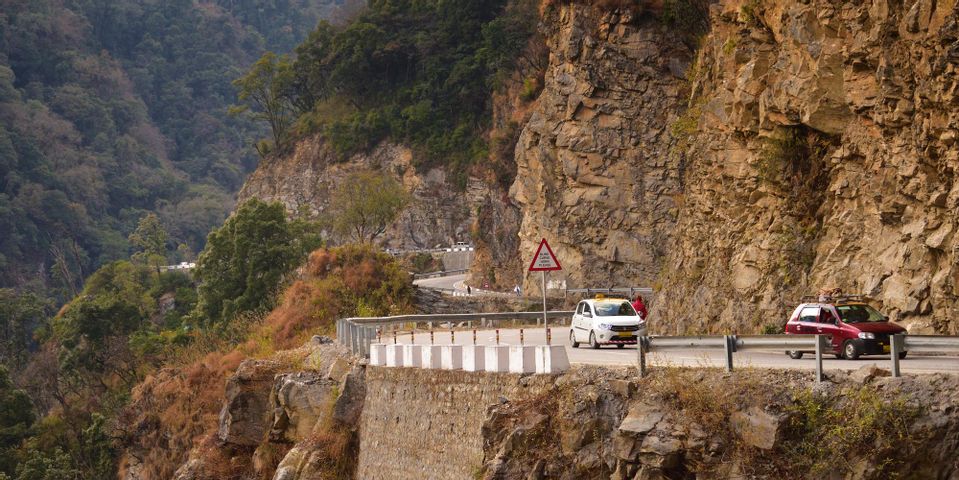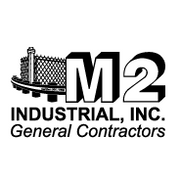How to Determine Right-of-Way on a Steep & Narrow Road

Steep, narrow roadways present different challenges for drivers than flat stretches of highway or city streets. Limited visibility, a lack of guardrails, and unexpected encounters with wildlife and other motorists all contribute to the increase in danger. For this reason, you must take extra precautions and be more aware of the surrounding conditions when driving on these roads. Learn more about how to properly approach this kind of driving experience below.
Who Has the Right of Way?
On a steep and narrow road, there’s often not enough room for two cars going in opposite directions to proceed at the same time. When this is the case, the driver traveling uphill has the right of way. The driver facing downhill will need to reverse or stop and pull way over to one side and let the other vehicle pass. This is considered safer because it tends to be more difficult to control a car that’s backing up downhill than one reversing uphill.
What Are the Challenges of Driving Downhill?
 The presence of guardrails helps to create an essential safety barrier for drivers traveling on narrow, windy roads. However, even with these installed, you must remain focused and understand the demands of negotiating a steep decline. Cars accelerate more quickly due to gravity, which means it'll take longer to brake. As such, it's best to increase following distances, start braking early, and use a low gear when slowing down.
The presence of guardrails helps to create an essential safety barrier for drivers traveling on narrow, windy roads. However, even with these installed, you must remain focused and understand the demands of negotiating a steep decline. Cars accelerate more quickly due to gravity, which means it'll take longer to brake. As such, it's best to increase following distances, start braking early, and use a low gear when slowing down.
To make roadways safer for drivers in and around Ellensburg, WA, M2 Industrial, Inc. offers durable guardrail systems. For nearly three decades, they’ve specialized in installing barriers on roads and highways across the state. Their industry expertise and high-quality workmanship is a benefit to any guardrail project. Call (509) 925-6303 to request a job estimate, or visit them online to learn more about their services.
About the Business
Have a question? Ask the experts!
Send your question

